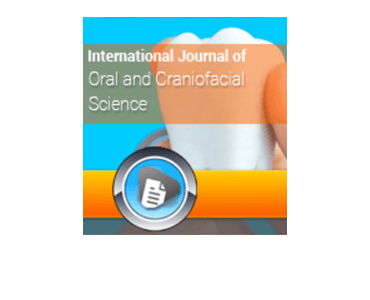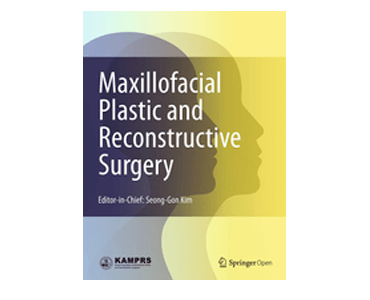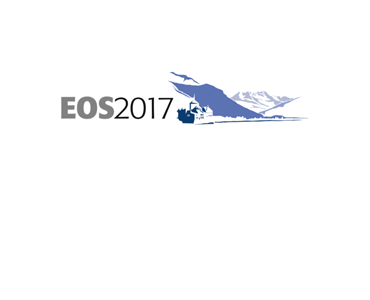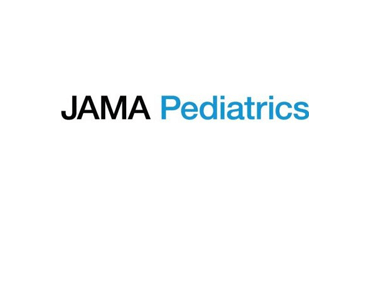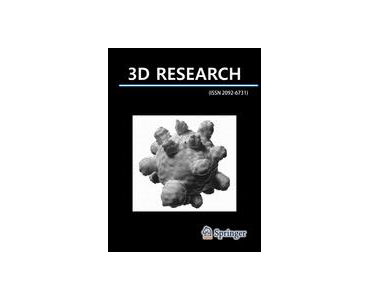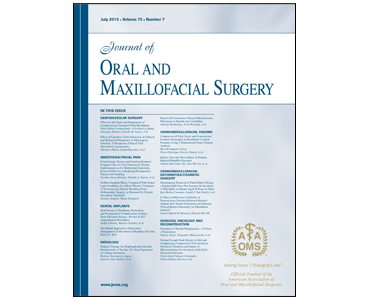Evaluation of Head Position in Static and Dynamic Three-Dimensional Imaging: a review of the Literature. M Kjærgaard Larsen, TH Thygesen.
Date: August 2017. Source: International Journal of Oral and Craniofacial Science, 3(2), pp 34-38. Background: : The interest in three-dimensional imaging in orthognathic treatment planning has been growing, especially for evaluation of the natural head position. Several three-dimensional devices are available on the market. Three-dimensional evaluation of the patient will probably soon be a standard…

